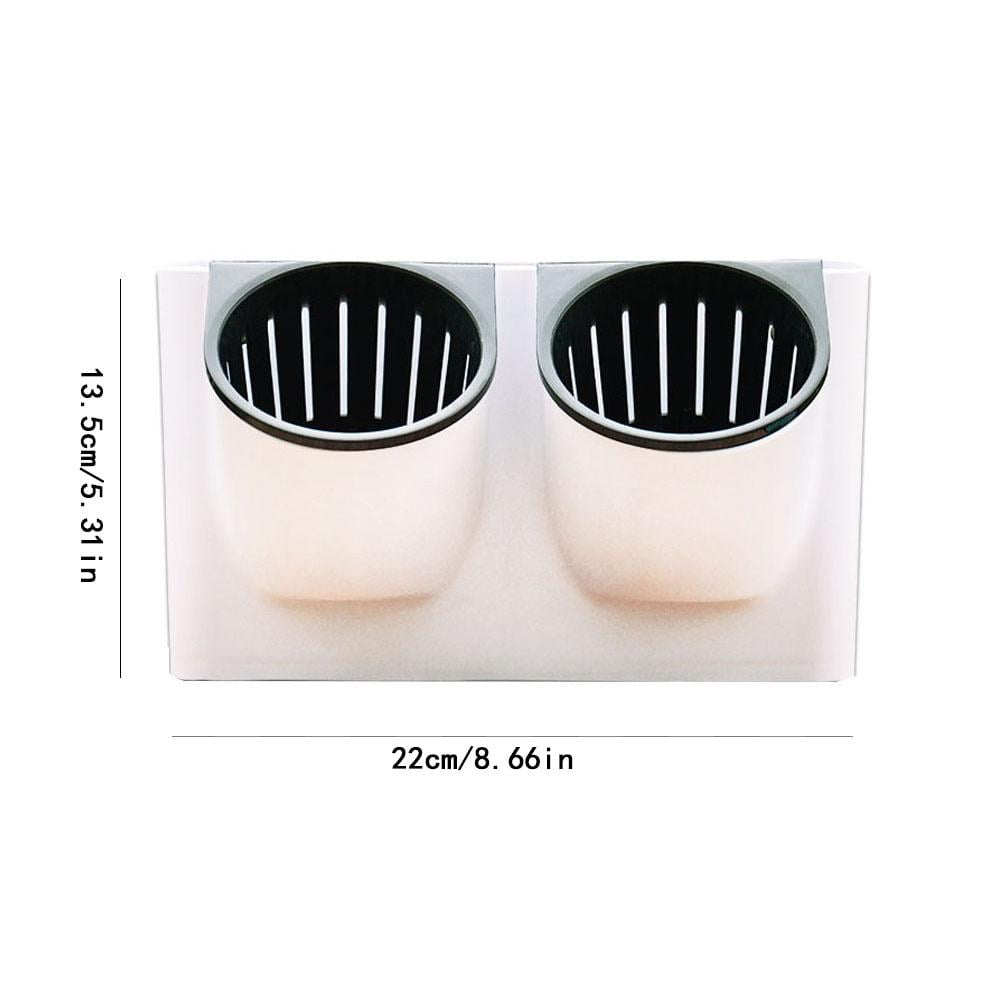

Seal the hole in the bottom of the pot with a rubber stopper. Rubber stopper, size 5 for a typical 8-inch potġ.The bases that are sold with these pots make excellent lids as well. I have found that the 8-inch diameter, 10-inch-tall pots are a convenient size. Half-gallon to one-gallon pots are convenient, but smaller and larger pots can be used as well. I use standard red terra-cotta clay pots because they are available in a wide range of sizes and can be found anywhere. They can be tested by spraying them with water and making sure that the surface becomes damp immediately, or by placing them in a bucket of water and making sure the water wets them fully.

Terracotta pots absorb water free#
Used with Permission of Storey Publishing.Ĭlay pots must be porous, not glazed and free of wax, paint or other impervious coatings. This makes this technique a good choice for the suburban or urban gardener who may be able to work in the garden only on weekends.Įxcerpted from “Gardening with Less Water” by David Bainbridge. The size of the buried clay pot, the porosity of the clay (a factor of clay mix and firing temperature), pot wall thickness, water quality and the water demand of the plants all influence how often you will have to refill the pot, but larger ones can afford you a week or more between watering. In one trial, the weed weight was only 200 pounds per acre with buried clay pots, as opposed to a gigantic 8.5 tons per acre with flood irrigation. They can also be effective in sandy or gravelly soils that drain very quickly and with salty or alkaline water or soil.įinally, both water and soil amendments can be placed more specifically to benefit crops rather than spread over an entire plot, resulting in fewer weeds and less fertilizer use.

The consistent water supply of buried clay pots improves germination, increases crop growth, speeds maturity, reduces diseases, and increases yields, even in places with very high temperatures, low humidity, and desiccating winds. Many of my desert restoration projects in California have been successful with this technique too. They are much less likely to be damaged by animals or clogged than drip systems.īuried clay pot irrigation has been used successfully for a wide range of perennial plants, including citrus, fruit and nut trees, from pistachio groves in Iran to dry orchards in India to forests in Pakistan. Because the rate at which water seeps through the pot wall is determined partly by how much water the plant is drawing from the soil, this system is up to 10 times more efficient than conventional surface irrigation.Ĭlay pots can be used without pressurized or filtered water and can be made with locally available materials and skills almost anywhere in the world. They come in various shapes and forms: round pots with narrow necks, cylinders or standard terra-cotta nursery pots. This new book by David Bainbridge fascinated us, partly because it’s something anyone can do in their own garden to minimize water use and maximize growth.īuried clay pot (also called pitcher or olla) irrigation is one of the most efficient systems known, thought to have originated in China thousands of years ago.įilled with water, a buried, unglazed, porous clay pot provides controlled irrigation by capillary flow to plants planted near it. While Delaware hasn’t been caught in the grip of a drought, much of the country has been at various times in the last decades.


 0 kommentar(er)
0 kommentar(er)
